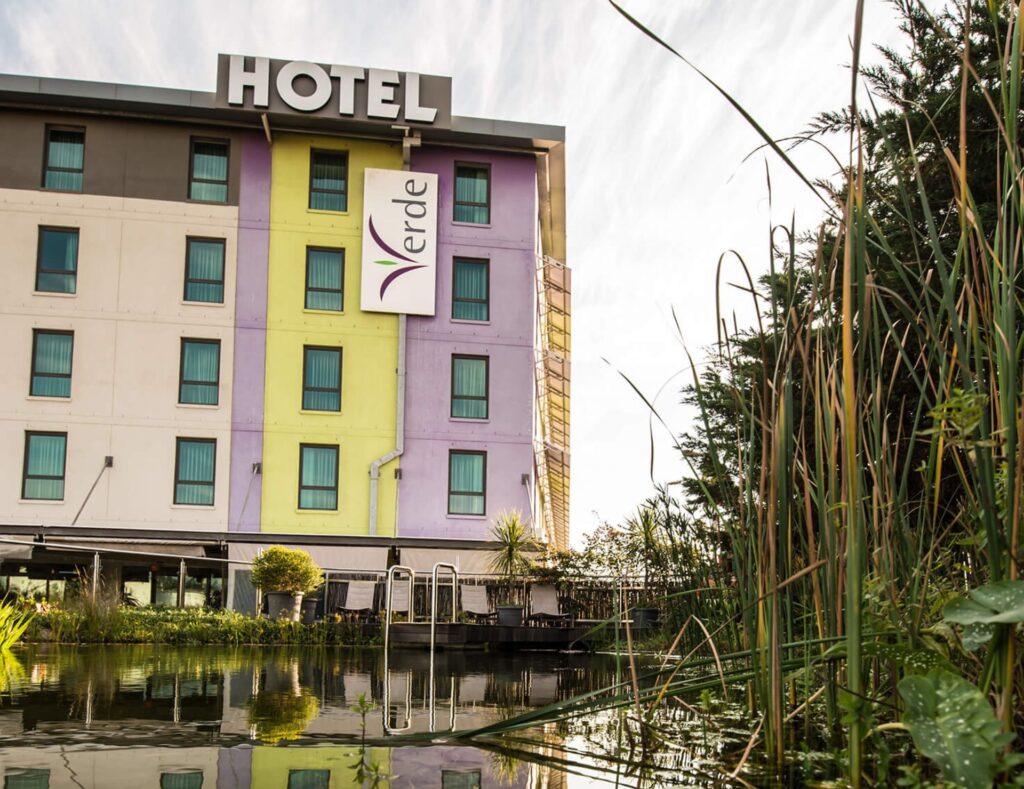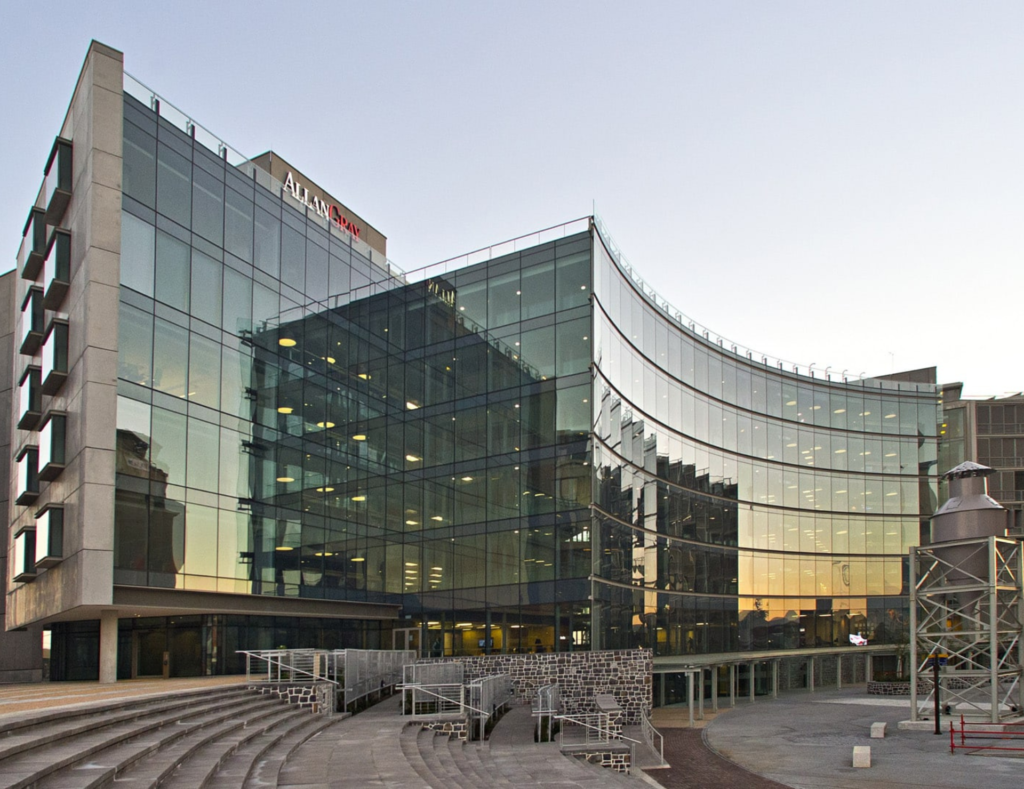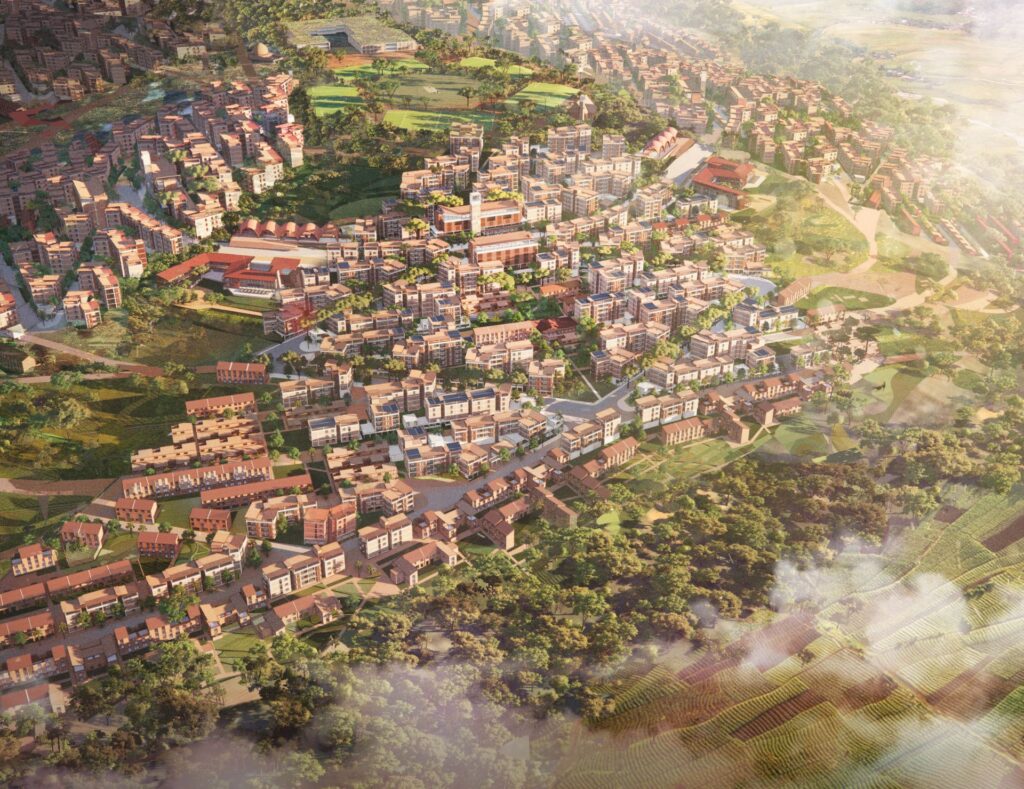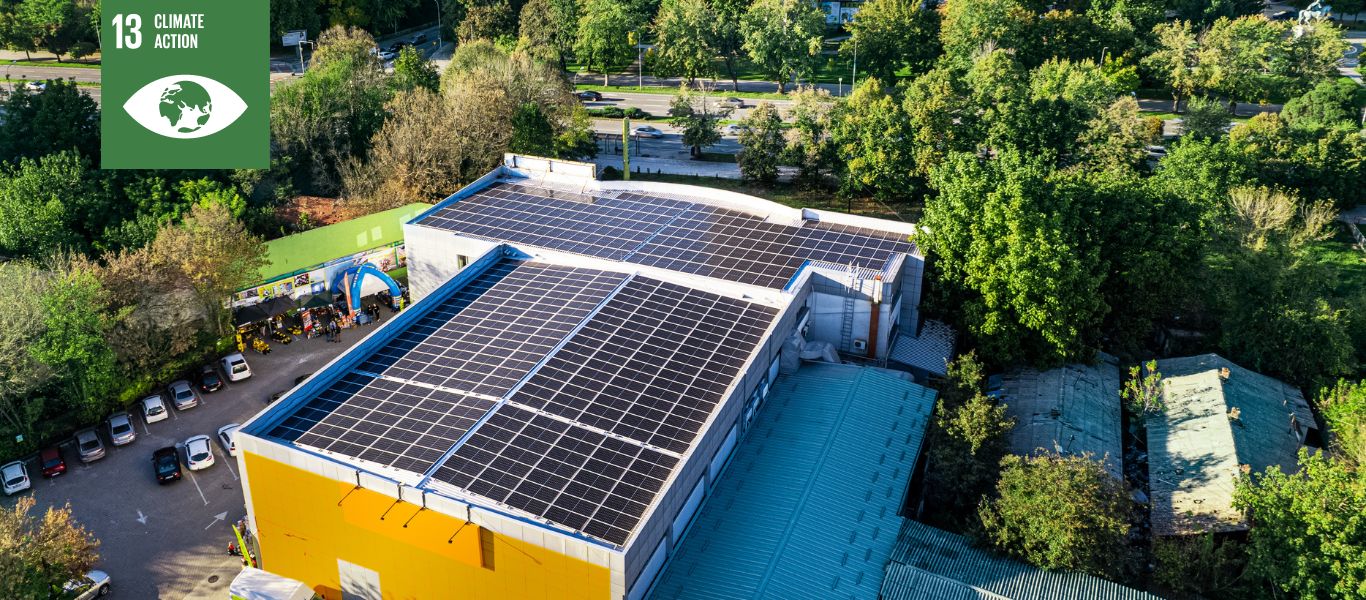Net Zero Buildings: Redefining Sustainable Architecture in Africa
- Climate Action . Net Zero
- February 3, 2024
As the global consciousness shifts towards sustainable living, the concept of net zero buildings emerges as a beacon of hope for a greener future. Net zero buildings, often called “zero buildings,” represent the forefront of sustainable architecture. These structures are designed to produce as much energy as they consume, effectively balancing their carbon footprint and contributing to a sustainable future. While the concept of net zero buildings is gaining momentum globally, Africa, particularly South Africa, is beginning to embrace this innovative approach to construction.
In this article, we delve into the innovative strides being made in Africa and South Africa in the realm of net zero buildings, exploring how these advancements are reshaping the architectural landscape and paving the way for a more sustainable tomorrow.
South Africa's climate promise
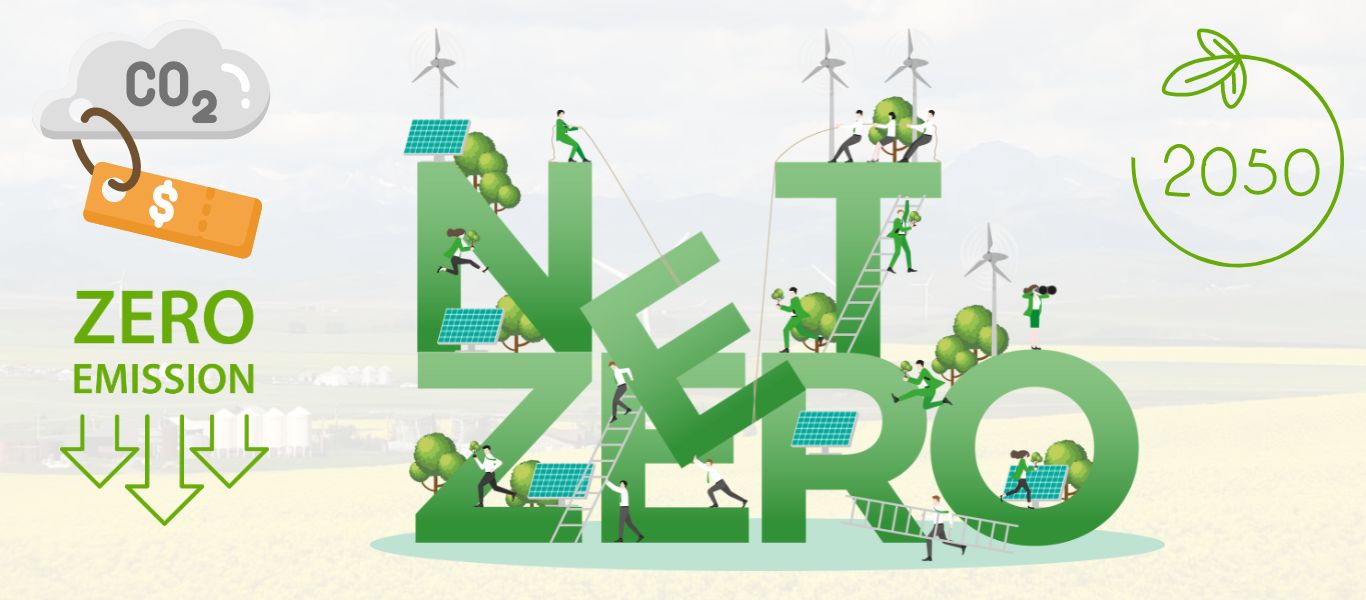
What Are Net Zero Buildings?
Net zero buildings are structures that achieve a balance between the energy they consume and the energy they produce through renewable sources like solar or wind power. The goal is to reduce energy consumption through efficient design and construction while maximising the generation of clean energy. These buildings often employ strategies like advanced insulation, natural ventilation, energy-efficient lighting and appliances, and rooftop solar panels to minimise their energy footprint.
In addition to energy, some net zero buildings aim for “zero carbon” status by offsetting any remaining emissions through measures like carbon credits or on-site renewable energy production. Others may focus on water efficiency, waste reduction, and sustainable materials to broaden their environmental impact.
The Rise of Net Zero Buildings in Africa
Africa, with its abundant natural resources and growing population, presents a unique opportunity for the development of net zero buildings. The continent’s warm climate, plentiful sunshine, and expanding urban areas make it an ideal candidate for sustainable construction practices. However, Africa also faces unique challenges, including limited financial resources, regulatory hurdles, and a lack of awareness or expertise in sustainable building practices. Despite these challenges, several pioneering projects are leading the way in creating net zero buildings across the continent.
Examples of Net Zero Buildings in Africa
Energy Efficiency: Hotel Verde uses advanced insulation, double-glazed windows, and energy-efficient appliances to reduce energy consumption. It is equipped with a geothermal system for heating and cooling, further reducing its reliance on non-renewable energy sources.
Renewable Energy Production: The hotel has a large photovoltaic solar panel array on its roof and vertical axis wind turbines that generate clean electricity. It also uses a greywater recycling system and rainwater harvesting for non-portable water needs, which reduces its overall water consumption.
Waste Management and Materials: The building was constructed using sustainable materials, including low-carbon concrete. A comprehensive waste management program minimises landfill waste, and the hotel promotes recycling and composting among guests and staff.
Hotel Verde has achieved numerous certifications, including LEED Platinum status, demonstrating its commitment to sustainability and its position as a leader in net zero building practices in Africa.
Located in Cape Town’s V&A Waterfront, the No.1 Silo Building is another excellent example of net zero architecture in South Africa. As the first Green Star-certified building in the region, it combines contemporary design with cutting-edge sustainability practices.
Energy and Water Efficiency: The building features a seawater cooling system that uses cold Atlantic seawater to regulate indoor temperatures. This innovative solution eliminates the need for traditional air conditioning systems, significantly reducing energy consumption.
Green Roof and Solar Energy: A green roof, covered with indigenous plants, provides insulation, absorbs rainwater, and mitigates the urban heat island effect. The building is equipped with solar panels that supply a significant portion of its energy needs.
Daylighting and Ventilation: The design maximises natural light and ventilation, reducing the need for artificial lighting and mechanical ventilation. Triple-glazed windows and energy-efficient lighting systems further enhance its energy performance.
The No.1 Silo Building showcases how sustainable architecture can be integrated into urban settings, balancing aesthetics with functionality and environmental responsibility.
While South Africa is making strides, other African nations are also embracing net zero principles. The Kigali Green City project in Rwanda is a concept to be Africa’s first sustainable urban development, designed to minimise carbon emissions and promote energy efficiency.
Sustainable Infrastructure: The Kigali Green City project will include green buildings constructed with locally sourced materials, renewable energy systems, and advanced water recycling facilities. Public spaces and parks will be designed to enhance biodiversity and promote environmental health.
Transportation and Energy: The development will prioritise walking, cycling, and public transportation to reduce reliance on cars. Solar panels, wind turbines, and bioenergy will power the city’s infrastructure, aiming to achieve a net zero carbon footprint.
This ambitious project is a concept to serve as a model for sustainable urban development in Africa, showcasing how cities can grow while minimising their impact on the environment.
South Africa: Leading the Charge in Net Zero Building
South Africa, with its relatively developed infrastructure and access to renewable resources, is well-positioned to lead the charge in net zero building in Africa. The country’s commitment to reducing its carbon footprint, improving energy security, and fostering sustainable development aligns with the global shift towards net zero goals.
Policy Support: The South African government is actively promoting green building standards and renewable energy initiatives. The Green Building Council of South Africa (GBCSA) has developed rating tools and guidelines that encourage sustainable design and construction practices.
Private Sector Involvement: Companies like Growthpoint Properties and Old Mutual Properties are investing in green buildings to reduce operational costs and enhance their corporate social responsibility profiles. The private sector’s engagement is critical to driving the adoption of net zero buildings across the country.
Conclusion
Net zero buildings are more than just a trend; they represent a transformative shift in how we think about architecture, urban planning, and sustainability. In Africa, and particularly in South Africa, these buildings are redefining what is possible in the quest for a greener future. By embracing innovative design, sustainable materials, and renewable energy, Africa can turn its unique challenges into opportunities, setting a global example for sustainable development.
As the continent continues to urbanise and develop, the commitment to net zero buildings will be crucial in ensuring a sustainable, resilient, and prosperous future for all.
References
About us
We provide products and services that make your transition into sustainable living accessible, affordable, and convenient. Explore our range now.
Hub Resources
Most Recent Posts
- All Post
- Clean Energy
- Clean Lifestyle
- Climate Action
- Green Jobs
- Sustainable Communities
- Back
- Energy Finance
- Back
- Net Zero
Download Our E-Mag
Sustainable Living Made Easy 🌱
September Edition
Get practical tips, insights, and inspiration to live greener. Download your copy now and start making an impact!"

